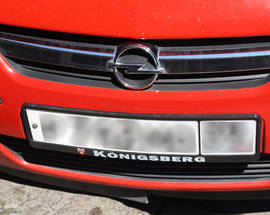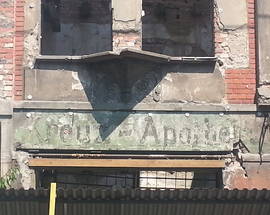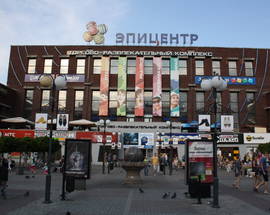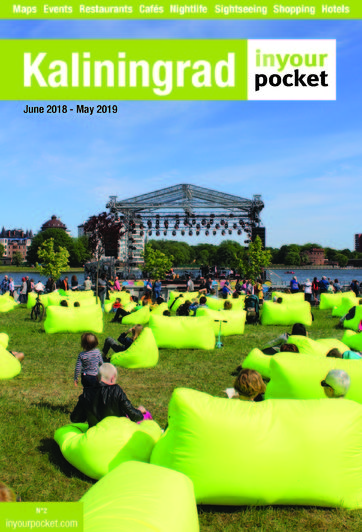Traces of Konigsberg
more than a year agoOther notable architecture to be found on Frunze St includes the red brick Federal Centre for Hygiene and Epidemiology at no.50 (heading away from the centre, it’s just past 53-57 on the right), the dilapidated but grandiose residential building at no.87-91 (a little further, on the left) and, at the far end, the beautifully restored King's Gate.
If you carry on walking south from the Kings Gate towards the Sackheim Gate you will see red-brick tenement buildings from the pre-war era which replaced the walls linking the two gates. While some are still inhabited, a number have been cleared and boarded up because they'd fallen into disrepair.
Another place where you can find traces of pre-war can be found by looking down. A number of the city's man-hole covers can still be seen to carry pre-war emblems and signing as can the odd, now obsolete fire hydrant.
The city’s landmark building pre-1945 was the Königsberg Castle found on the space now partly occupied by the House of the Soviets. The castle wasn’t completed destroyed in 1945 and many of the exterior walls were still standing in 1968 when the decision was taken to dynamite the remains. In recent years work has begun on excavating the castle’s foundations and some of these can already be seen. Plans are afoot to glass these over and turn the area into an open-air exhibition.
Finally, a trip to Kant Island will demonstrate just how complete the destruction of old Königsberg was particularly in the centre area. The island, formerly the densely populated Kneiphof, was a commercial hub in the city, built around the cathedral and the Albertina university complex. Narrow streets criss-crossed the island with banks, hotels, shops and merchants filling the densely packed buildings. The island was so completely obliterated that it is impossible to see any remains in what is now parkland. The local government has created a series of displays around the island and used old photographs to show what once stood there and where the different roads ran.








Comments